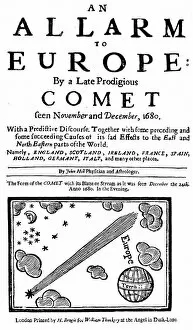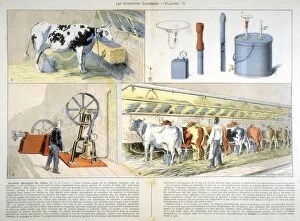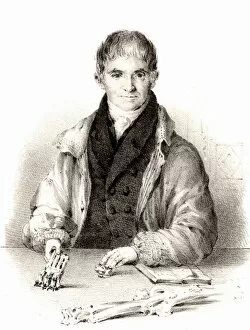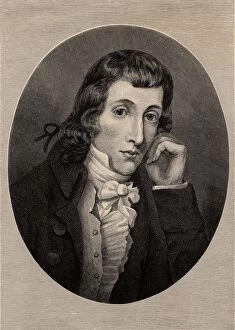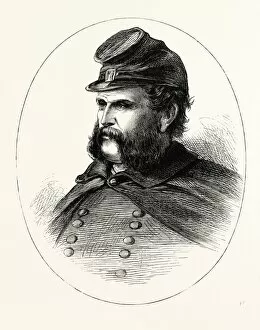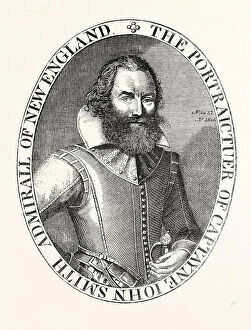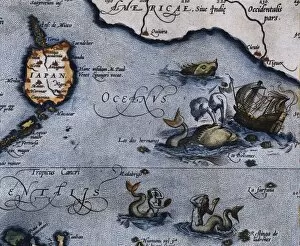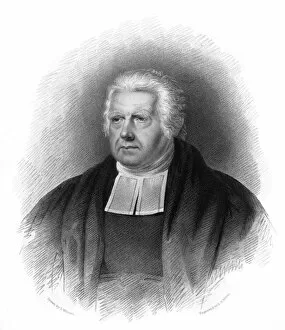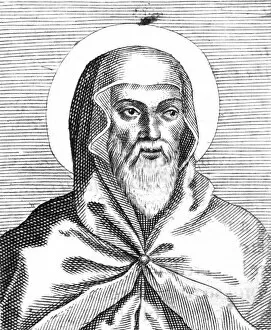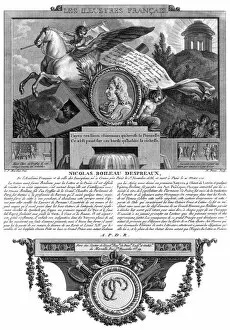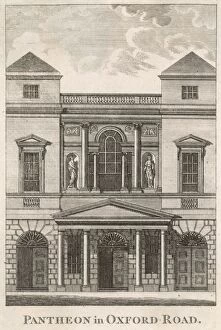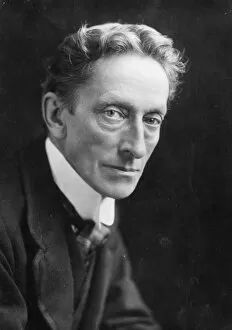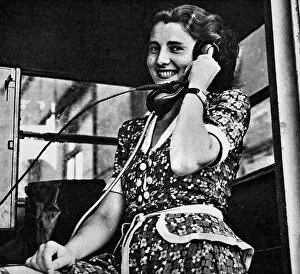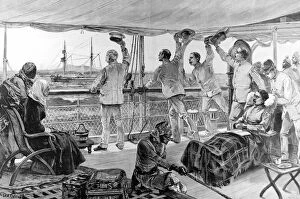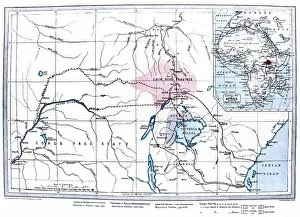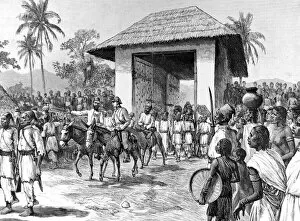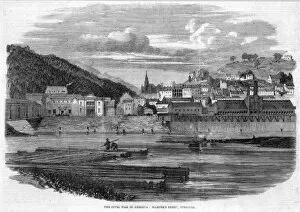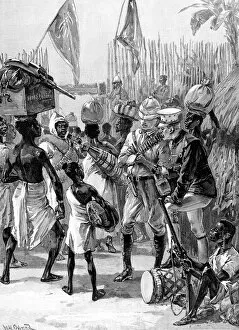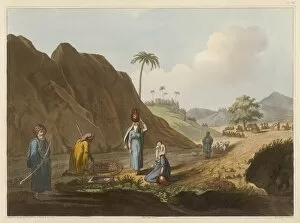Considered Collection (#5)
"Unveiling the Unconventional: Moments Considered Extraordinary" From the intricate Fra Mauro map (1460) with its unconventional orientation of South at the top
For sale as Licensed Images
Choose your image, Select your licence and Download the media
"Unveiling the Unconventional: Moments Considered Extraordinary" From the intricate Fra Mauro map (1460) with its unconventional orientation of South at the top, to David Attenborough's captivating documentaries that challenge our perception of nature, there are countless instances in history that have been considered remarkable. Pentonville Prison (1842), designed with a revolutionary radial layout, revolutionized prison architecture and influenced penitentiaries worldwide. Meanwhile, the Shrove Tuesday Football Match in Kingston-Upon-Thames (1846) showcases an age-old tradition where chaos and camaraderie collide on the streets. George Hackenschmidt, known as "The Russian Lion, " is considered one of wrestling's greatest pioneers. His strength and technique left audiences awestruck during his matches in early 20th-century Europe. The Bat and Ball Public House in Hambledon (1908) witnessed cricketing legends who shaped the sport into what it is today. Bedford Park along Bath Rd (4/9) stands as a testament to architectural innovation from late 19th-century London. Its picturesque houses blend seamlessly with nature while still exuding elegance. Charlton House, dating back to the 18th century, symbolizes timeless grandeur amidst changing times. A Titanic postcard serves as a haunting reminder of human triumphs and tragedies intertwined within history's fabric. Sawtre, Lollard, Burns - names etched into collective memory for their contributions to literature and social change - continue to inspire generations even centuries later. In horse racing circles, receiving a tip from a jockey can be considered akin to unlocking hidden secrets behind winning races; knowledge passed down through generations like treasured heirlooms. Picture No. 10767730 captures an enigmatic moment frozen in time – inviting viewers' interpretations while leaving them captivated by its mystery. These snippets from various eras remind us that greatness often lies in the unconventional, the unexpected.

